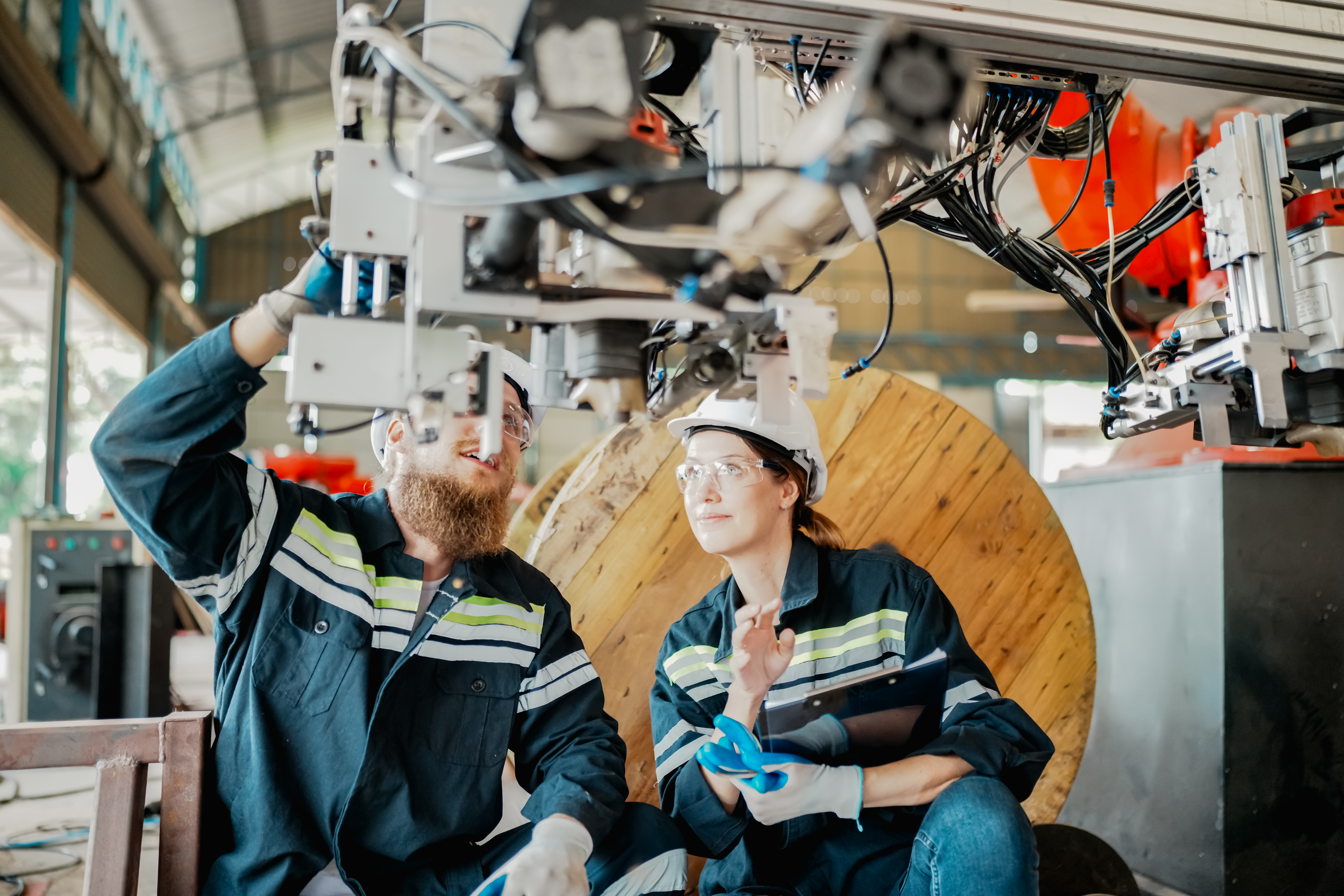The Art of the Unique: Crafting Niche Electric Vehicles with Robotics and Modular Agility
The electric vehicle landscape is rapidly expanding, moving beyond mass-market sedans and SUVs to embrace a fascinating array of specialized, low-volume designs. From bespoke luxury sports EVs and ruggedized off-road explorers to purpose-built last-mile delivery solutions and unique urban mobility pods, the demand for unique, highly tailored electric vehicles is on the rise. Producing these innovative machines efficiently, however, presents a distinct challenge compared to traditional high-volume automotive manufacturing. The answer lies not in scaled-down versions of massive assembly lines, but in a smarter, more agile approach that beautifully marries the precision of advanced robotics with the inherent flexibility of configurable, modular production systems.
Imagine a manufacturing floor where adaptable robotic arms, equipped with versatile end-effectors, seamlessly switch between tasks: one moment precisely placing delicate battery modules, the next applying specialized adhesives, and then perhaps performing intricate wiring or quality inspection with integrated vision systems. These robots wouldn’t be tethered to a fixed, linear process. Instead, they would operate within dynamic, modular work cells—compact, self-contained units that can be rapidly reconfigured, added, or removed to accommodate different vehicle architectures, component variations, or specialized assembly steps. This “factory in a box” concept, combined with modular vehicle platforms (like adaptable “skateboard” chassis), allows manufacturers to build a diverse portfolio of low-volume EVs with significantly reduced tooling costs and quicker changeover times compared to conventional methods.
This future of low-volume EV production is about empowering innovation and customization. By leveraging the repeatable accuracy of robotics for critical tasks and the adaptable nature of modular systems for overall workflow, manufacturers can achieve high build quality, manage component variability effectively, and respond rapidly to evolving designs or bespoke customer requirements. It’s a paradigm that enables smaller, more specialized players to bring their unique electric visions to life, fostering a richer, more diverse, and ultimately more exciting electric vehicle ecosystem for niche markets and specific applications.

